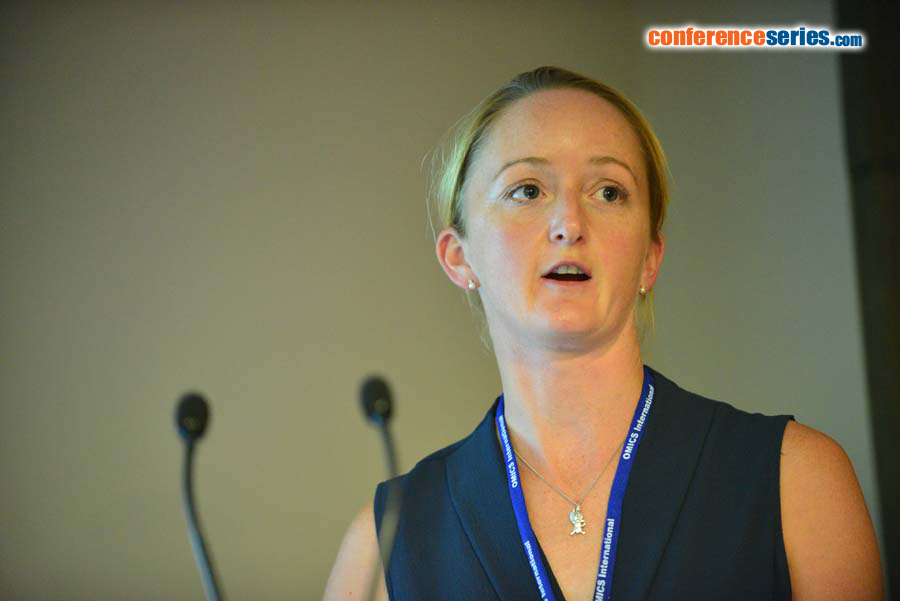
Rebecca Stroud
McTimoney College of Chiropractic
UK
Title: A preliminary study to investigate the prevalence and progression of pelvic axial rotations among neonate foals
Biography
Biography: Rebecca Stroud
Abstract
This study aims to identify the presence or absence of pelvic axial asymmetry in the neonate foal and its progression during the first nine weeks of life using quantitative data. Measurement of the tuber coxae heights in relation to level ground were taken of ten healthy subjects at three time periods: 0-1 week; 4-5 weeks and 8-9 weeks of age. A novel method of measurement was used in the form of two laser measures applied simultaneously. Between the first and second data collection foals received their first turnout. A questionnaire provided qualitative data in order to analyze potentially influential variables. Symmetry indices (SI) of datasets were calculated and analyzed by statistical analysis. There was a significant presence of axial rotation of the pelvis within 0-1 week of age (mean SI=0.337±0.25; p=0.002). These asymmetries did not change significantly between week 0-1 and week 8-9. There was no significant difference of asymmetry between week 0-1 and week 4-5 suggesting turnout did not have an effect on the prevalence of pelvic misalignments in foals. Foals of mares that gave birth standing up displayed significantly greater asymmetry of the pelvis during week 0-1 when compared to foals of mares that gave birth in a recumbent position (mean SI±SD: Recumbent n=8; 0.2497±0.659; standing n=2; 0.686±0.4798; p=0.04). This study shows evidence of significant pelvic axial asymmetry from birth to 8-9 weeks of age in foals.



